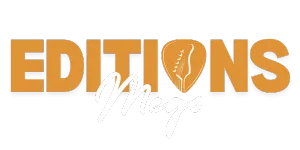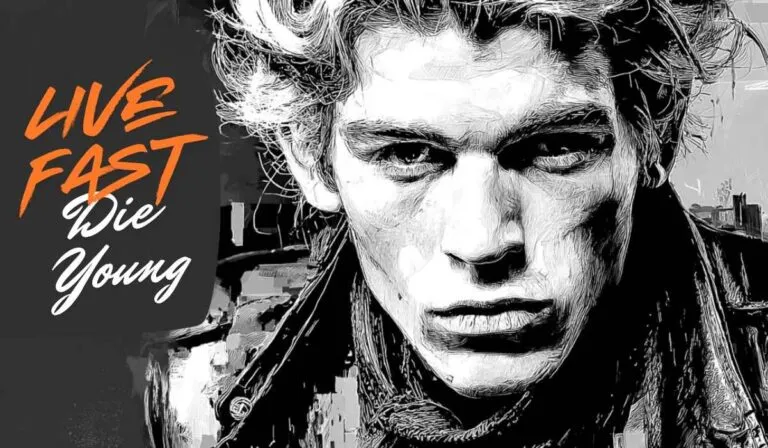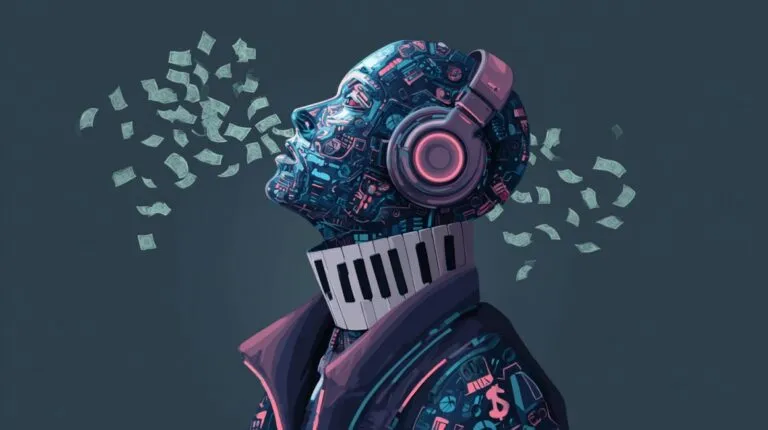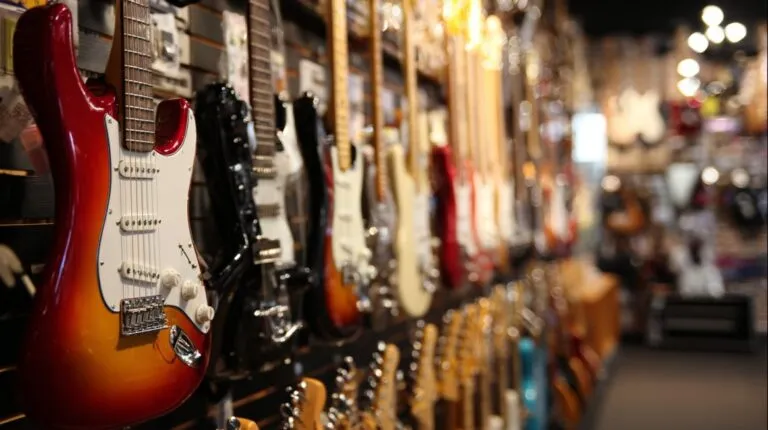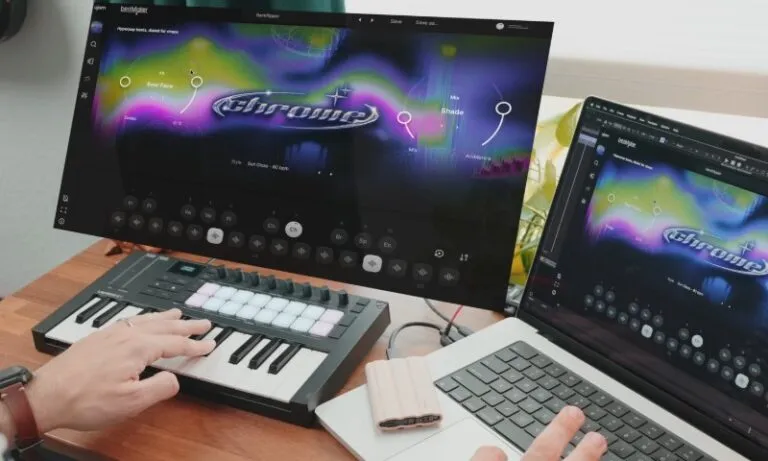Nowadays, fairy tales slipped into the studio, climbed into the charts, and nestled themselves deep in pop music. Whether it’s a modern Juliet waiting on the balcony or a girl dodging poisoned apples, fantasy and fairy tales keep showing up in lyrics, videos, and stage personas.
Not by accident either. These stories, ancient as they may be, still hit something universal — transformation, longing, love that feels bigger than life. Artists feel it too. They’ve pulled from that same source to craft songs that carry both a touch of magic and a whole lot of emotion.
From retro classics to K-pop bangers, here’s a look at some of the most notable pop songs that wear their fairy tale roots proudly — and sometimes a little defiantly.
Table of Contents
Toggle1. “Love Story” – Taylor Swift
It’s hard to talk fairy tale-inspired pop without starting here. Taylor Swift’s Love Story isn’t subtle — the song literally casts her as Juliet. But she doesn’t follow Shakespeare’s tragic ending.
Instead, Swift flips the narrative and gives the lovers a happy one, lyrics like “I talked to your dad, go pick out a white dress” rewriting the original story with agency and hope.
The track dropped in 2008 and shot to the top of the Billboard Hot 100, cementing her country-to-pop crossover and making fairy tale imagery cool for a new generation.
Swift leaned into that idea of being rescued — or rescuing herself — from isolation and doubt. In many ways, Love Story became a template for pop fairy tale storytelling in the 2000s: dreamy, direct, and unabashedly romantic.
2. “Fairytale” – Alexander Rybak
Eurovision is no stranger to theatricality, but Rybak’s 2009 win brought old-school storytelling to the stage with flair. The violin solo? Iconic. The lyrics? A prince pining for a lost love, cloaked in longing and wonder.
The song’s folk-pop rhythm gave it international appeal, and its fantasy angle was universal enough to click from Norway to Azerbaijan.
Rybak wasn’t just singing a pop song — he was performing a miniature fable. Its success proved that fairy tales still have global pull when dressed in the right melody.
3. “Beauty and the Beast” – Celine Dion & Peabo Bryson
The 1991 Disney classic got its big pop moment through this sweeping duet. Celine Dion and Peabo Bryson took Beauty and the Beast out of the animated ballroom and into adult contemporary charts, landing a spot on the Billboard Hot 100 and an Academy Award win.
The song wraps up all the emotional weight of the fairy tale — redemption, inner beauty, learning to love someone who might scare you at first — in a lush, orchestral production.
4. “Fairytale” – Sara Bareilles
Not every fairy tale ends with a wedding or a rescue, and Sara Bareilles made sure we knew that. Her 2007 track Fairytale takes aim at the traditional stories we were fed growing up. The lyrics call out Cinderella for waiting too long and Sleeping Beauty for snoozing through life.
With lines like “I’m not your princess, I’m not your damsel in distress,” the song feels like an anthem for women who’ve outgrown old roles.
Bareilles delivers the message with her usual piano-driven charm, making it accessible without softening the blow. In a world still catching up to gender equity, Fairytale stood its ground.
Alongside these feminist reinventions, you’ll find equally spirited stories in unexpected genres—like online werewolf stories, where transformation isn’t just metaphorical.
5. “Lil’ Red Riding Hood” – Sam the Sham and The Pharaohs
Back in 1966, this cheeky track turned Little Red Riding Hood into a pop-rock seduction. The wolf gets the mic, and he’s not exactly shy about his interest.
It’s playful, a little weird, and full of double meanings — which is probably why it worked so well.
The song reached #2 on the Billboard Hot 100, becoming a lasting piece of retro pop culture. It leans more into the funhouse version of fairy tales — cartoonish but catchy — and shows how stories we tell kids can be twisted for grown-up ears.
6. “That’s All I’ve Got to Say” – America
Soft rock duo America might be better known for A Horse with No Name, but their contribution to The Last Unicorn soundtrack deserves attention. The 1982 film, based on Peter S. Beagle’s novel, tells the story of a unicorn trying to save her kind.
Their ballad That’s All I’ve Got to Say scores a tender moment in the movie and feels timeless in its own right. It’s simple — not flashy or overly theatrical — but the emotion it carries echoes what fantasy often does best: it hurts, and it heals.
7. “Green Apple” – BerryGood
This K-pop track stirred things up when it dropped in 2016. Green Apple clearly references Snow White, complete with a metaphorical poisoned fruit representing societal pressure and appearance obsession.
The music video doesn’t hold back either — the visuals include nods to Snow White’s glass coffin and those seven dwarfs.
While some controversy surrounded its alleged similarity to a Disney track, what stands out is its bold take on fairy tale symbolism.
8. “Cinderella” – CNBLUE
K-pop boy band CNBLUE gave Cinderella a 2011 update, turning the familiar shoe-losing tale into a modern love song. Their version is upbeat, laced with pop-rock guitars, and filled with all the classic elements: the lost girl, the prince-like hero, the magical reunion.
The music video doesn’t shy away from literal storytelling — there’s even a glass slipper moment.
Fans connected to it both as a love story and as a nostalgic nod to childhood fairy tales. In true K-pop fashion, it’s polished, dramatic, and loaded with visuals that extend the fantasy vibe.
9. “A-ing” – Orange Caramel
If fairy tales met a candy store, you’d get Orange Caramel’s A-ing. Released in 2012, the song leans fully into the surreal.
The group plays dress-up in costumes inspired by Alice in Wonderland, Snow White, and Little Red Riding Hood, all while dancing through a world that looks like a fantasy-themed game show.
The music is infectious, the visuals borderline chaotic, but that’s the point. A-ing doesn’t ask for seriousness. It asks for imagination. It’s a reminder that fairy tales don’t always need a deeper meaning — sometimes, they just need to be weird and wonderful.
10. “Twenty-Three” – IU
South Korean singer-songwriter IU often threads fantasy into her music, but Twenty-Three stands out for its complexity. Inspired by Alice in Wonderland — particularly the character of the Cheshire Cat — the song plays with the idea of identity and indecision at the threshold of adulthood.
With lyrics that toggle between confidence and confusion, and a sound that feels dreamy and off-kilter, IU uses fantasy as a metaphor. Growing up is strange. The world doesn’t make sense. And in Twenty-Three, that realization feels as surreal as falling down a rabbit hole.
The Broader Role of Fantasy in Pop Music

Fantasy and fairy tales aren’t just tools for storytelling. In pop, they’ve become emotional shorthand — quick ways to frame an idea, tap into nostalgia, or flip expectations. They give structure to songs, but they also open up new ways to talk about what’s happening now.
Whether it’s the fantasy of finding someone who gets you (Love Story), or breaking out of a role someone else wrote for you (Fairytale by Bareilles), artists use these stories to reflect where they’re at. It’s not just about castles or dragons. It’s about how those images help us say something real.
Disney, of course, played a huge part in mainstreaming this. From Let It Go to A Whole New World, their songs seeped into pop culture so thoroughly that even independent artists reference them either directly or indirectly. It’s no surprise that so many covers, remixes, and tributes exist — the source material is that strong.
Pop doesn’t always stick to the story either. Many artists now take fairy tale tropes and flip them. They turn the princess into the villain, the hero into a nobody, or the magic into a metaphor for anxiety, addiction, or self-worth. It’s evolving, just like the culture that listens to it.
A Quick Look at Chart Impact
| Song | Artist | Chart Performance | Notable Recognition |
| Love Story | Taylor Swift | #1 Billboard Hot 100 (2008) | Multiple BMI Awards |
| Fairytale | Alexander Rybak | #1 Europe-wide (2009) | Eurovision Winner |
| Beauty and the Beast | Dion & Bryson | #9 Billboard Hot 100 (1991) | Academy Award for Best Original Song |
| Lil’ Red Riding Hood | Sam the Sham & The Pharaohs | #2 Billboard Hot 100 (1966) | RIAA Gold Certification |
Closing Thoughts
Fantasy stories aren’t stuck in old books or bedtime routines. They’re alive in pop music — shifting, growing, finding new meaning. Artists keep pulling from fairy tales not just because they’re pretty, but because they’re powerful. Whether they’re challenging old roles or just escaping into something more colorful than real life, pop musicians are keeping the stories alive.
There’s always room for one more remix of Cinderella. One more poisoned apple. One more chorus that feels like stepping into a dream. That’s the thing about fairy tales. We never really outgrow them — we just find new ways to sing about them.
Related Posts:
- Top 100 Songs That Help You Concentrate and Prepare…
- 42 Famous Songs in A Minor Key - Guide to Sorrow and…
- Can You Make Money From Songs Made With AI Tools…
- 10 Easy Taylor Swift Songs for Beginner Guitarists
- Wait, Haven’t I Heard This Before? Songs That Sound the Same
- 10 Memorable Songs in D Minor - From Classical to…
